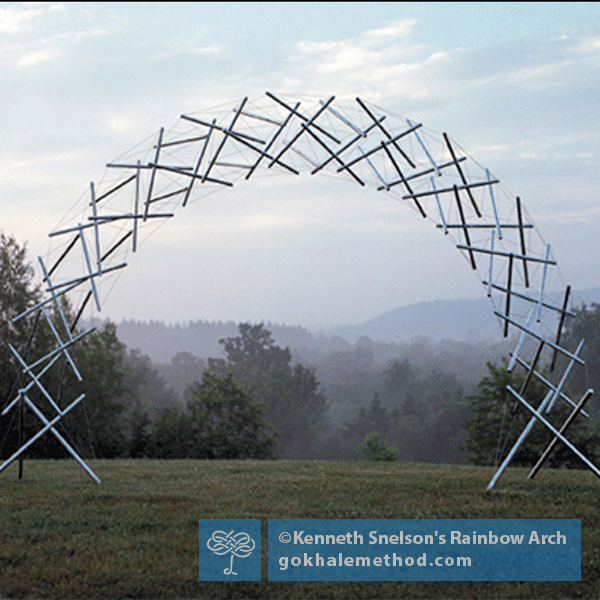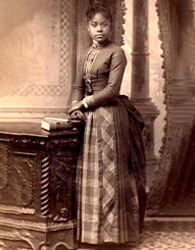In our culture a loss of up to 50% of the height of the discs as we age from our twenties to our fifties is considered normal. It follows that the herniations, nerve pain, and arthritic change that accompanies this chronic degeneration of our discs is also not seen as unusual. Pain and reduced ability to function is normalized.
Outer Corsets and Inner Corsets
I have often written about the elegance of people in bygone years. The women, sometimes corseted, show striking deportment.
The excesses of nineteenth-century fashion understandably gave corsets a bad name. Extreme tight lacing had some terrible effects, imposing some drastic anatomical remodeling:
The stomach and liver are crammed down, with the ribs compressing into drooping S-loops. The neural spines of each vertebra, the little projections that stick up from the central body of each bone, are also pushed out of place. Normally they stack nicely one atop the other in a neat midline ridge, but in long-term corset wearers these spindles of bone jut to this side or that.
Science writer Brian Switek in Skeleton Keys: The Secret Life of Bone.


